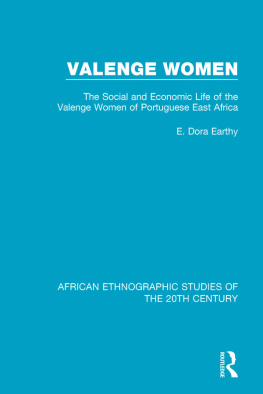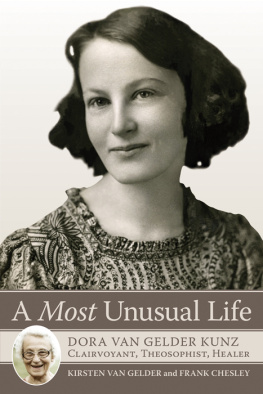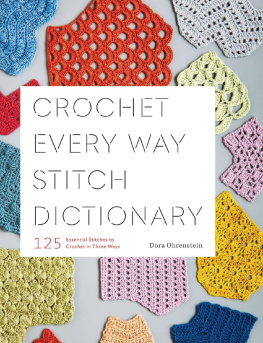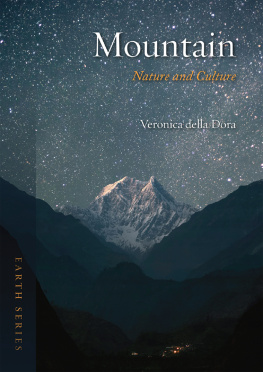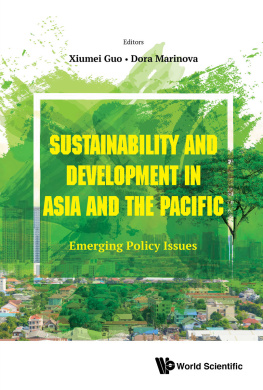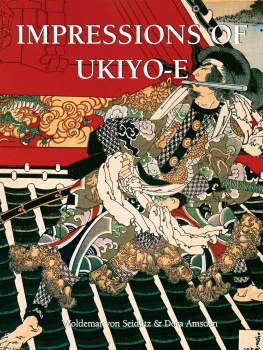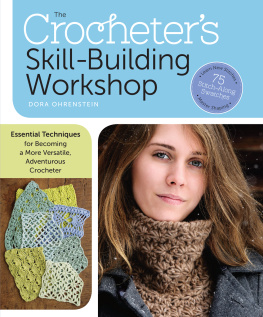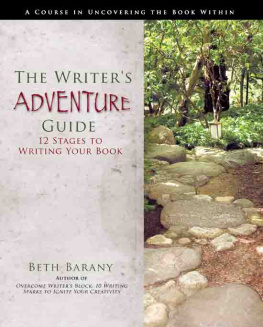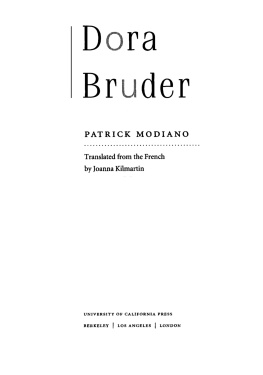Prophecy, Alchemy, and the End of Time
Prophecy, Alchemy,
and the
End of Time
JOHN OF RUPESCISSA IN THE LATE MIDDLE AGES
Leah DeVun
COLUMBIA UNIVERSITY PRESS
NEW YORK
Columbia University Press
Publishers Since 1893
New YorkChichester, West Sussex
cup.columbia.edu
Copyright 2009 Columbia University Press
All rights reserved
E-ISBN 978-0-231-51934-2
Library of Congress Cataloging-in-Publication Data
DeVun, Leah.
Prophecy, alchemy, and the end of time: John of Rupescissa in the late Middle Ages / Leah DeVun.
p. cm.
Includes bibliographical references and index.
ISBN 978-0-231-14538-1 (cloth: alk. paper)
ISBN 978-0-231-51934-2 (e-book)
1. Johannes, de Rupescissa, ca. 1300ca. 1365. 2. AlchemyReligious aspectsChristianityHistoryTo 1500. 3. Religion and scienceEuropeHistoryTo 1500. 4. PharmacologyEuropeHistoryTo 1500. 5. Apocalyptic literatureHistory and criticism. I. Title.
[DNLM: 1. Johannes, de Rupescissa, ca. 1300ca. 1365. 2. Religion and Science. 3. Alchemy. 4. History, Medieval. BL 245 D514p 2009]
BR115.A57D482009
274.05dc222008030108
A Columbia University Press E-book.
CUP would be pleased to hear about your reading experience with this e-book at .
For my parents, and for Mom
CONTENTS
In the years that it has taken to finish this book, Ive enjoyed the support of many generous colleagues, friends, and family members, without whom this project would have been impossible. I owe special thanks to the staff at the Huntington Library, Columbia Universitys Butler Library, and Texas A&M Universitys Evans Library, especially to Bob Scott, Consuelo Dutschke, Karen Green, and Joel Kitchens. I would also like to thank the institutions that provided me with support through fellowships and awards, including the Huntington Library, the UCLA Center for Medieval and Renaissance Studies, the University of Kansas Jerry Stannard International Memorial Award Committee, and the Texas A&M Universitys Melbern G. Glasscock Center for Humanities Research, College of Liberal Arts, Women and Gender Studies Program, and History Department. I thank everyone involved with these institutions for their financial and practical assistance. I would also like to express my gratitude to the Institute for Research in the Humanities at the University of Wisconsin-Madison. A fellowship from the institute allowed me to finish this manuscript; its staff and fellows offered me both friendship and a lively and rigorous academic atmosphere.
Ive been fortunate to work with a number of inspiring professors, who have shaped this project as well as my path as a scholar. In particular, Id like to thank Matthew Jones, Adam Kosto, Nancy Siraisi, and Robert Somerville, all of whom worked with me on my dissertation. Robert Lerner has seen me through this project from the beginning, when he suggested that I take a closer look at an obscure apocalyptic prophet named John of Rupescissa. Im extremely grateful for the time he has spent reading my manuscripts and for the many tips and discoveries he has passed my way. Laura Smoller and Joel Kaye have been unbelievably generous in their willingness to read my chapters and in their enthusiasm for my work. I also would like to thank the many scholars with whom I have discussed this project over the years, including Renate Blumenfeld-Kosinski, Lisa Cooper, Rachel Fulton, Jeffrey Hamburger, Marlene Hennessey, Bruce Holsinger, T. K. Hunter, Richard Keyser, Richard Kieckhefer, Michael McVaugh, Barbara Newman, William Newman, Tara Nummedal, Nicole Rice, Michael Ryan, Thomas Safely, David Sorkin, Katja Vehlow, and Lee Wandel. I apologize in advance if I have omitted anyone. My undergraduate professors at the University of Washington, Robert and Robin Stacey, Mary ONeil, Dauril Alden, and Robert Tracy McKenzie, also deserve thanks for passing along their love of history and pointing me toward a career in academia. Most of all, I thank my mentor, Caroline Walker Bynum, whose intelligence, originality, kindness, and tireless dedication to her students long beyond their graduation have inspired meand meant more to me than I can express here. It has been a pleasure and an honor to work with her. She made this bookand so much morea reality.
My fantastic colleagues at Texas A&M have contributed so much to this volume, and I am grateful to every member of the History Department for encouraging my scholarship and making College Station a welcoming place. I also appreciate their understanding for the semesters that I was away on fellowships, and I thank my department head, Walter Buenger, and the university administration for facilitating my leaves. Of my A&M colleagues, Daniel Bornstein, Donnalee Dox, Cary Nederman, and James Rosenheim, in particular, have been kind enough to read and offer their opinions of portions of this manuscript. I also thank the support and secretarial staff in the History Department and the Vice President for Research offices who helped me on countless occasions.
My editor at Columbia University, Wendy Lochner, my copyeditor, Michael Haskell, and an anonymous reader also played a significant role in shaping this book. Wendy deserves special thanks for championing my manuscript and for guiding me through the publication process.
Anna Trumbore, Anna Harrison, and Mary Doyno have been the most brilliant and sympathetic friends that anyone could hope for. They read many drafts of my book, helped me with professional and personal hurdles, and reminded me often and in so many ways why I began this career. Other friends, including Roy Allen, DLane Compton, Jennifer and Tony Elias, Heather Hagle, Frank Howard, Rachel Howe, Tonya Huskey, Derek Marks, Jill Mycka, K. Naca, Philip Nickel, Coya Paz, Nina Rubin, Nicole Russell, Kristen Schilt, Stephanie Soileau, Larin Sullivan, Purvi Shah, Astria Suparak, Vicky Tamaru, Megan Wright, and Madeline Yale all made sure that I had a life outside of my work. I must especially thank Ian Sullivan, whose presence through the years has meant so much to me.
Finally, I would like to thank my parents, Gail and Esmond DeVun, for their encouragement in this and all other things, as well as my extended family of grandmothers, uncles, aunts, and cousins. I am especially grateful to my partner, Macauley Elmer, for her support and love, which helped me to see the light at the end of all of this.
INTRODUCTION
From the confines of his prison cell in the mid-fourteenth century, the Franciscan friar and alchemist John of Rupescissa boldly predicted the destruction of the society that held him captive. Rupescissa (also called Jean de Roquetaillade or Rochetaillade) was born around 1310 near the town of Aurillac, in the region of southern France known as the Auvergne. By 1356, Rupescissa had already been imprisoned for more than a decade: he was bound in chains, locked under a staircase in the hopes he might die quietly, even declared a fantasticusa foolish or insane personby the highest juridical body in the Christian church, the papal court at Avignon. But all of this poor treatment in no way deterred Rupescissa from spreading his message. The last days were coming; the horrors of Antichrist were about to begin.
Although some members of the high clergy supported Rupescissa, his apocalyptic tendencies were hardly welcomed by the majority of his superiors in the Franciscan order and the larger church. During a hearing before the papal curia in 1354, Rupescissas examiner was openly skeptical, ridiculing Rupescissa and throwing his books to the ground. According to Rupescissas account in the





